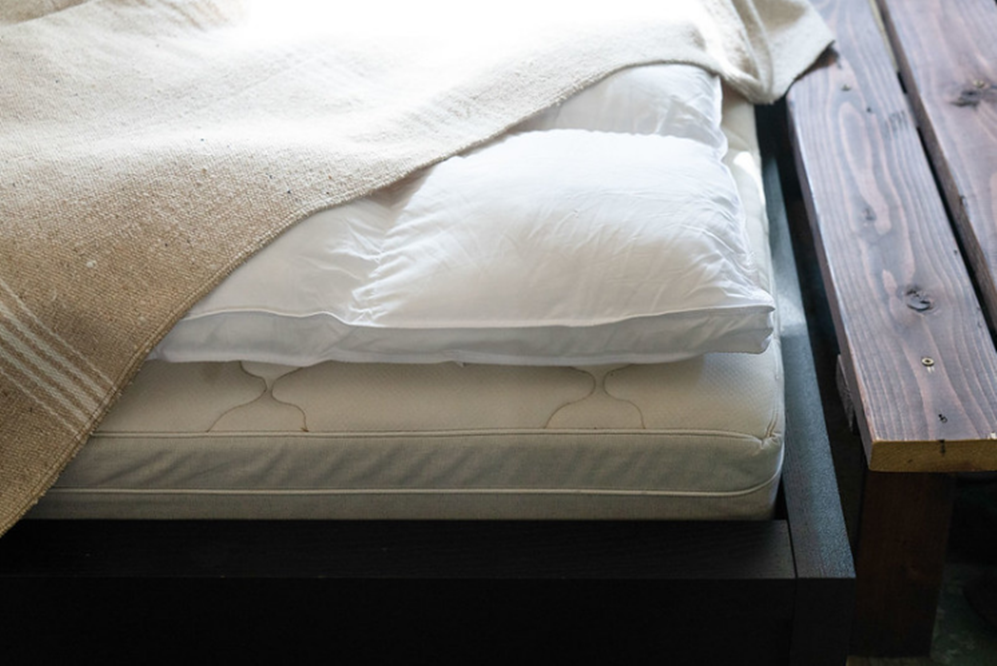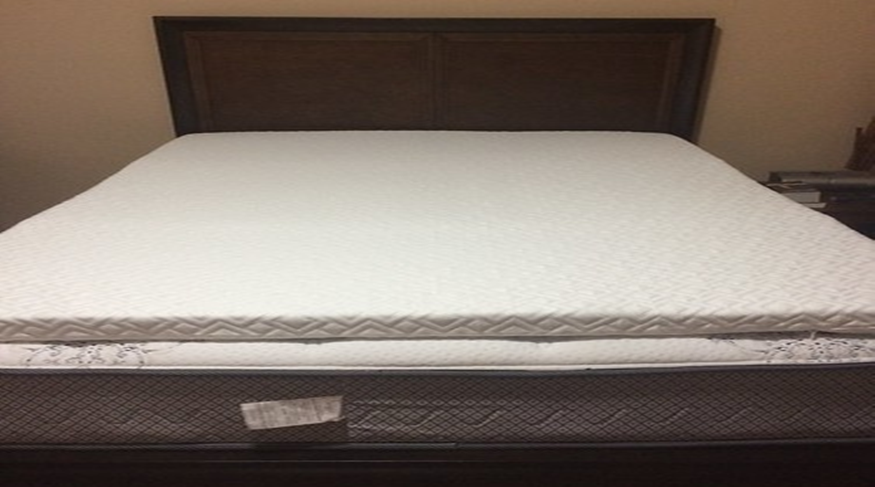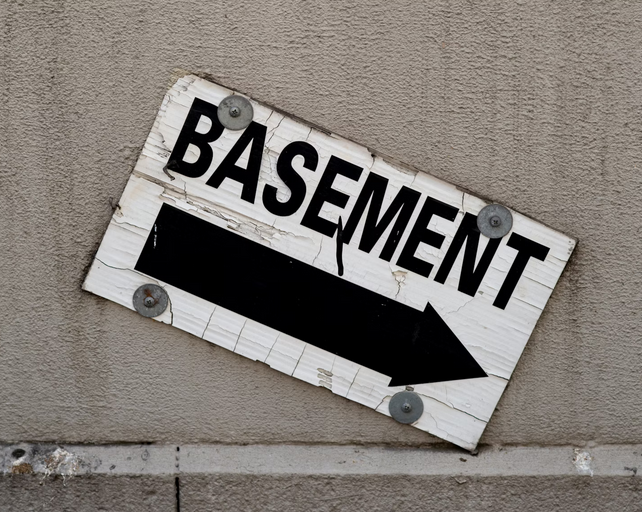
A damp or leaky basement can result in catastrophic mold growth, structural issues, and even various health problems for you and your family. That’s why basement waterproofing is a must for every home.
If you’re building a new home for you or renovating your basement, be sure to waterproof it properly. The question is, of course, how. But fear not. Today, we’ll show you some of the best basement waterproofing methods that can help protect your home from unwanted moisture.
Interior Drainage System
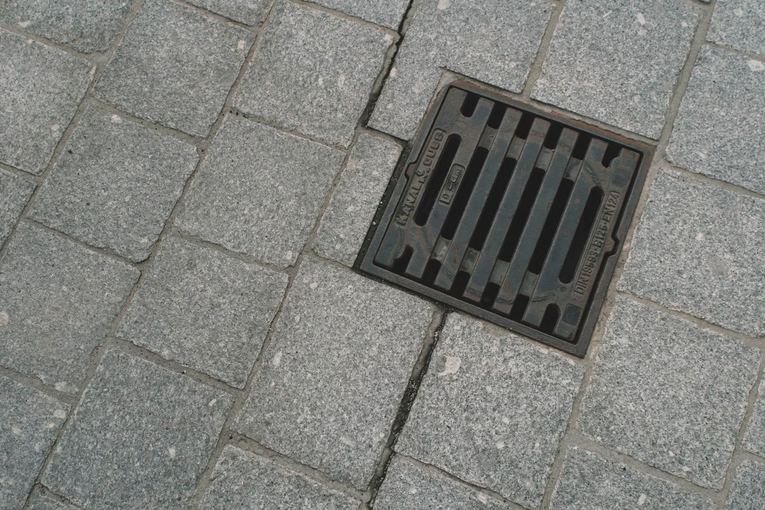
The installation of an interior drainage system can be a real game-changer for your basement. This is especially true if you hire professionals from Basement Waterproofing Hamilton. Here is why this drainage system is a must.
Basically, this system involves creating a channel around the perimeter of the floor of your basement to collect and redirect water away from your home. Here is how it works:
- Remove any existing flooring or concrete along the perimeter
- Excavate a trench along the inside edge of the foundation walls
- Place a perforated pipe in this trench and surround it with gravel
- Once installed, this pipe acts as a collection point for any water that seeps into your basement.
An interior drainage system can effectively manage groundwater intrusion and prevent moisture buildup in your basement.
Exterior Waterproofing
Now, let’s take a closer look at the exterior one. This is also a top-notch method that can provide long-term protection. This approach involves creating a barrier on the outside of your home’s foundation walls to prevent water from seeping in.
Many contractors and homeowners often apply this method by excavating around the perimeter of their homes. Then, they’ll apply a waterproof membrane or coating to the foundation walls. This acts as a shield against moisture and prevents water penetration.
Sealants and Coatings
Sealants are typically used on concrete surfaces to fill in any cracks or gaps where water could seep through. These two can easily be applied using a general brush or roller, and they dry clear, creating an invisible shield against water intrusion.
Coatings, on the other hand, are thicker than sealants and can result in more layers of protection. They are often applied with a sprayer or trowel for better coverage. One popular type of coating is epoxy, which not only helps waterproof your basement but also adds durability to the surface.
Crawl Space Encapsulation
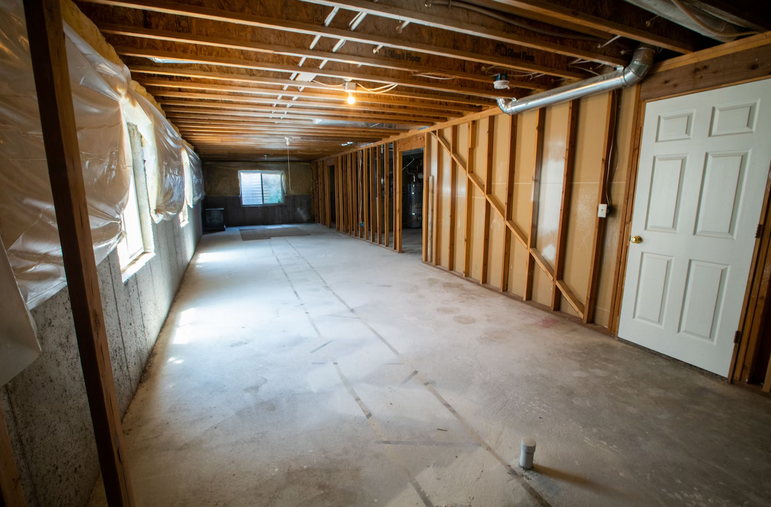
During crawl space encapsulation, a vapor barrier is installed on the walls and floor of the crawl space. This barrier helps to control humidity levels and prevent moisture buildup. Additionally, insulation may be added to further protect against temperature fluctuations.
By encapsulating your crawl space, you not only safeguard your basement from potential leaks but also improve indoor air quality and energy efficiency. Since damp environments can lead to mold growth and structural issues, taking proactive measures like crawl space encapsulation is essential for maintaining a dry and healthy living environment.
As the bottom line, note that preventing water damage in your basement is not just about fixing leaks; it’s also about ensuring a healthy living environment for you and your family. By investing in professional basement waterproofing services, you are safeguarding one of your biggest assets –your home– while creating a safe space where mold growth or structural damage won’t threaten its integrity.…

